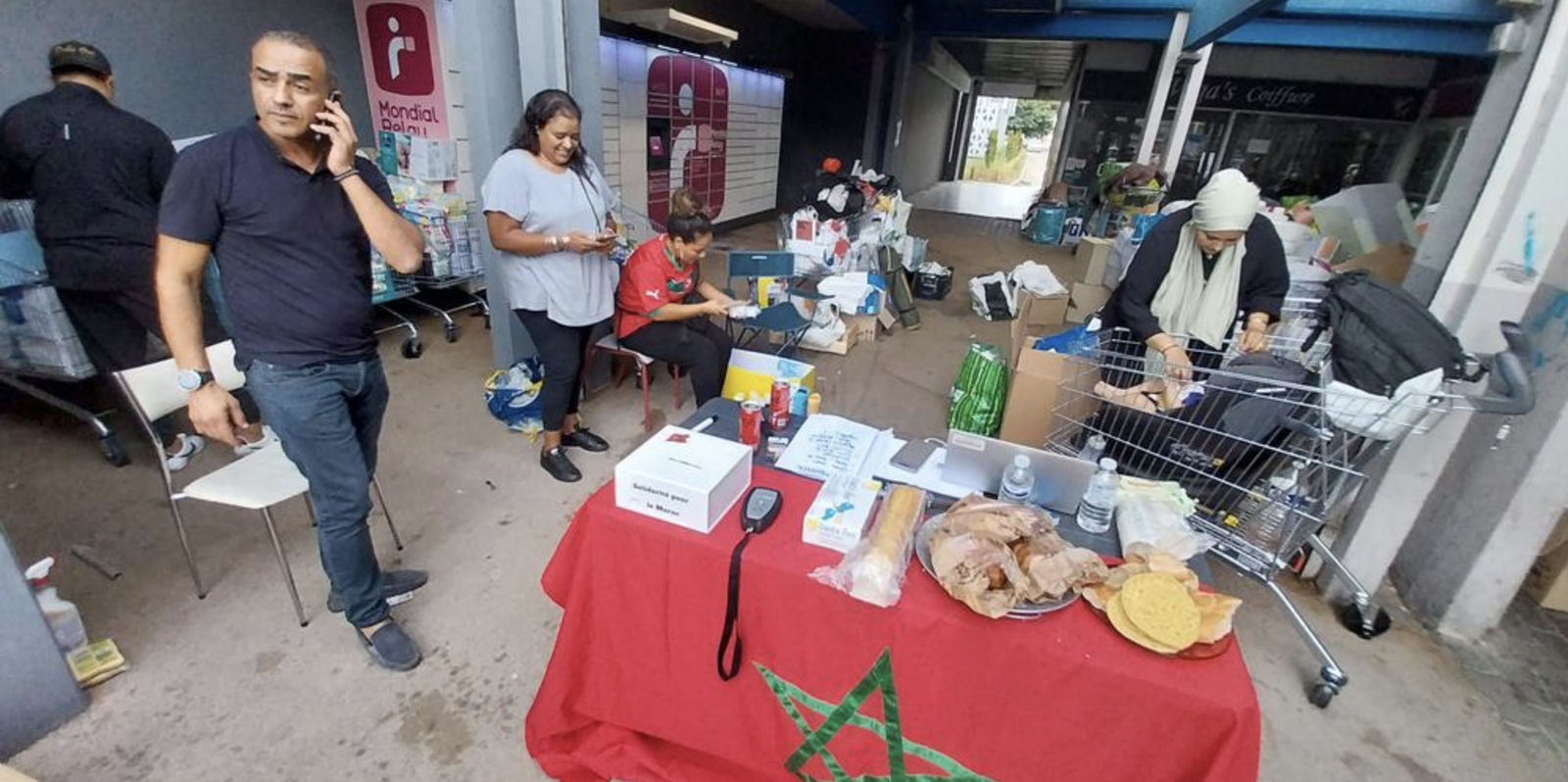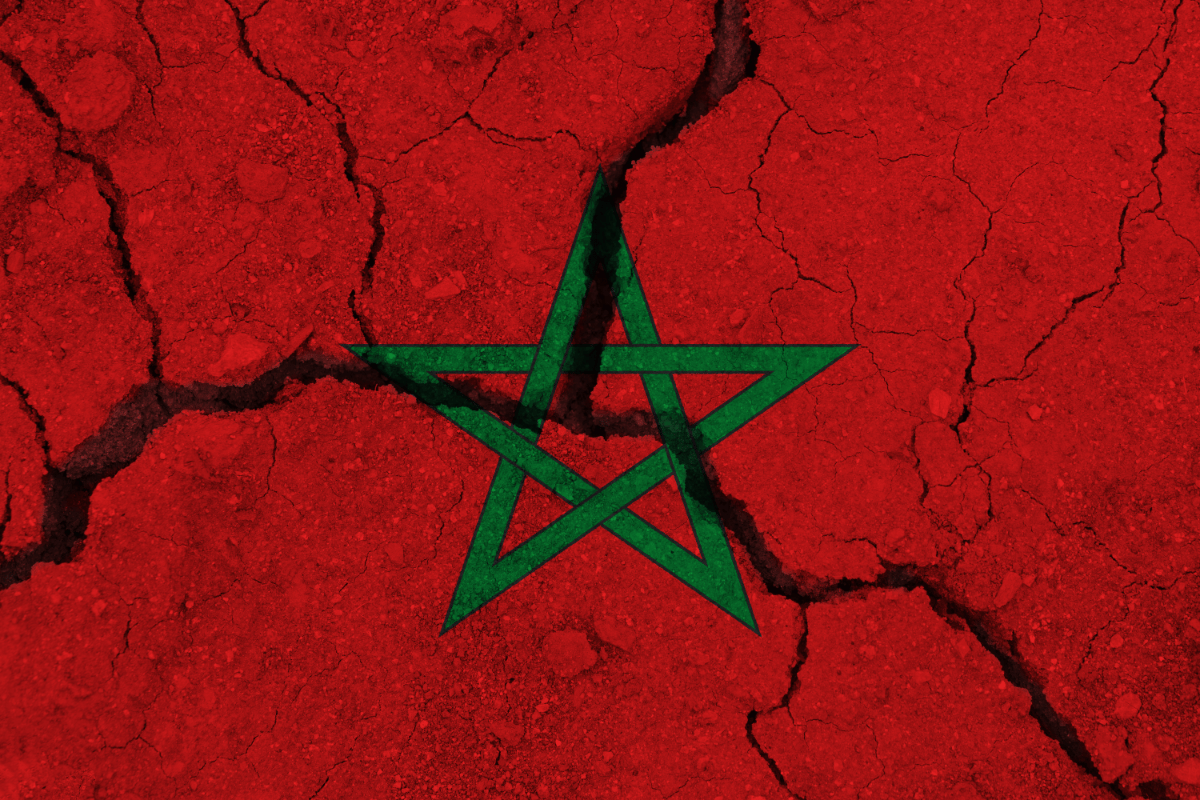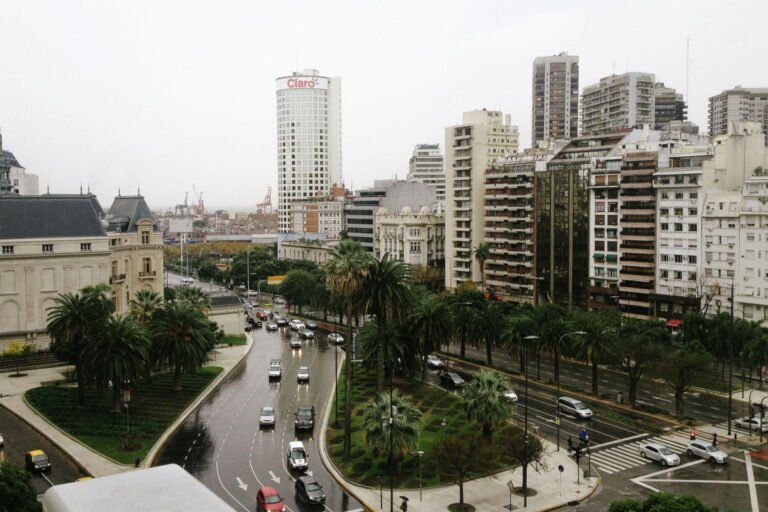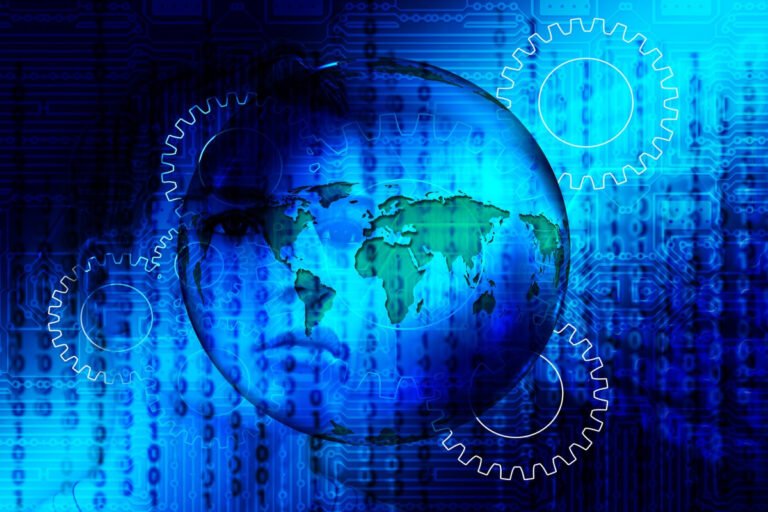Introduction
On the 8th of September 2023, Morocco was jolted by a powerful earthquake, leaving an indelible mark on the nation’s history. The tremors were felt far and wide, causing widespread damage and affecting countless lives. The date, now etched in the collective memory of Moroccans, signifies not just the natural calamity itself but also the resilience and unity of a community tested by adversity.
The significance of this date transcends the immediate aftermath of the earthquake. For the Moroccan community, it became a testament to their enduring spirit and the strength of their bonds. As the nation grappled with the immediate devastation, the events of this day also laid bare the challenges and triumphs that lay ahead. The 8th of September is not just a reminder of nature’s unpredictable fury but also of the unyielding spirit of the Moroccan people, who rose to the occasion, united in their grief and determination to rebuild and recover.
Facts and Statistics
- Epicenter and Magnitude: The earthquake that struck Morocco on the 8th of September 2023 had its epicenter located near the town of Al Hoceima, a region historically susceptible to seismic activities. The tremor registered a magnitude of 7.3 on the Richter scale, making it one of the most powerful quakes to hit the region in recent memory.
- Casualties, Injuries, and Missing Persons: The devastating quake resulted in the tragic loss of 1,200 lives, with over 3,500 individuals injured. Rescue operations were immediately launched, but the remote nature of some affected areas made it challenging to account for everyone. As of the latest reports, 150 persons remain unaccounted for, with search and rescue operations continuing in full force.
- Property Damage and Infrastructure Affected: The earthquake’s immense force left a trail of destruction in its wake. Over 10,000 homes were either completely destroyed or rendered uninhabitable. Key infrastructures, including roads, bridges, and public buildings, suffered significant damage, disrupting essential services and communication lines. The total estimated cost of the damages is projected to be in the billions of dirhams.
- Comparison with Previous Earthquakes:
- 2004 Al Hoceima Earthquake: The region near Al Hoceima experienced a significant earthquake in 2004, registering a magnitude of 6.3. This quake resulted in the loss of over 600 lives and caused extensive damage to infrastructure and homes.
- 1960 Agadir Earthquake: One of the most devastating earthquakes in Morocco’s history occurred in 1960 in Agadir. With a magnitude of 5.7, it might seem less intense compared to the 2023 and 2004 quakes, but its shallow depth and proximity to the city made it particularly destructive. The Agadir earthquake claimed the lives of approximately 15,000 people, and the city was almost entirely destroyed. It stands as a somber reminder of the unpredictable nature of seismic events and their potential for immense devastation.
The statistics paint a grim picture of the disaster’s scale, emphasizing the need for continued support and concerted efforts towards rehabilitation and rebuilding. The resilience of the Moroccan people, however, remains unwavering, as they come together to overcome this tragedy.

Challenges in Reaching Remote Villages
- Geographical and Infrastructural Challenges:
- Rugged Terrain: Many of the affected villages are nestled within the Atlas Mountains, characterized by its rugged terrain and winding paths. This natural barrier makes it difficult for rescue teams to quickly access these areas, especially with heavy equipment.
- Limited Roadways: The existing roadways, many of which are unpaved or narrow, were further compromised by the quake. Landslides triggered by the tremors blocked several key routes, cutting off villages from the outside world.
- Isolated Settlements: Some of the villages are not just geographically remote but are also sparsely populated and spread out, making the task of reaching every individual even more daunting.
- Communication Breakdown: The earthquake damaged communication towers and power lines, making it challenging to establish contact and coordinate relief efforts.
- Delay in Relief and Rescue Operations:
- Initial Confusion: The immediate aftermath of the quake was marked by chaos and confusion. With communication lines down and roads blocked, there was a significant delay in ascertaining the full extent of the damage and mobilizing resources.
- Resource Constraints: While the national response was swift, the sheer scale of the disaster meant that resources were stretched thin. Helicopters, which were crucial for reaching remote areas, were in high demand, leading to prioritization dilemmas.
- Weather Conditions: The weather, unpredictable in mountainous regions, further hampered relief efforts. Fog and rain made aerial operations risky, while on the ground, mudslides posed additional challenges.
- Stories from Villagers:
- The Night of Terror: Amina, a resident of a small village near Al Hoceima, recounts the terror of that night. “The ground shook, and within moments, our home crumbled. We rushed out, and all around, there was darkness and cries of despair.”
- Days of Isolation: Hamid, from a village in the Atlas Mountains, speaks of the agonizing wait for help. “We were cut off for days. No one could come in or go out. We relied on our community granary and the village well for sustenance.”
- Community Bonding: Fatima, a schoolteacher, shares a heartwarming tale of unity. “After the quake, our village mosque was one of the few structures still standing. It became our refuge, our community center, our school. We prayed together, shared meals, and comforted each other. The disaster brought us closer than ever.”
The challenges faced in reaching remote villages underscore the magnitude of the disaster and the complexities involved in disaster response. Yet, amidst the adversity, the stories of resilience, unity, and hope from the villagers shine a light on the indomitable spirit of the Moroccan people.

Appraisal of the Moroccan Army and Other Institutions
- Moroccan Army’s Immediate Response and Relief Operations:
- Swift Mobilization: Immediately after the earthquake struck, the Moroccan Army was one of the first on the scene. Units were dispatched from nearby bases, and special disaster response teams were activated.
- Aerial Surveys: The army deployed helicopters to conduct aerial surveys of the affected regions, helping to assess the damage and identify the most critically affected areas.
- Medical Aid: Field hospitals were set up near the worst-hit areas, providing immediate medical attention to the injured. Army medics and surgeons worked round the clock, often in challenging conditions, to save lives.
- Search and Rescue: Specialized units, trained in search and rescue operations, were dispatched to locate and rescue trapped individuals, especially in remote villages where access was challenging.
- Logistical Support: The army played a crucial role in ensuring the smooth flow of relief materials, setting up supply chains, and ensuring that aid reached even the most isolated areas.
- Role of Other Institutions in Rescue, Relief, and Rehabilitation:
- Civil Defense and Police: These forces were instrumental in managing on-ground operations, directing evacuations, maintaining order, and assisting in search and rescue missions.
- Health Institutions: Hospitals across the region, both public and private, opened their doors to the injured. Medical teams from other parts of the country were also sent to support the overwhelmed local health infrastructure.
- Local NGOs and Charities: Numerous local organizations mobilized volunteers and resources, providing food, shelter, and counseling services to the affected communities.
- International Aid: International organizations and foreign governments also stepped in, sending aid, medical teams, and disaster response experts to assist in the relief efforts.
- Collaboration Between Different Institutions and Organizations:
- Unified Command Center: A central command was established to coordinate the efforts of various institutions, ensuring that resources were optimally utilized and efforts were not duplicated.
- Shared Resources: Institutions pooled their resources, be it manpower, equipment, or supplies, to ensure that help reached where it was most needed in the shortest possible time.
- Community Engagement: Local community leaders and organizations were actively involved in the relief efforts, ensuring that the unique needs of each community were addressed.
- International Collaboration: The global response to the disaster saw international organizations working closely with local institutions, sharing expertise, and providing critical resources.
In the face of an unprecedented disaster, the Moroccan Army, along with various national and international institutions, showcased exemplary dedication and efficiency. Their collaborative efforts not only mitigated the immediate impact of the earthquake but also laid the foundation for the long-term rehabilitation of the affected communities.

Amazing Solidarity of the Moroccan People
- Personal Stories of Unity and Brotherhood:
- A Beacon of Hope: Amidst the rubble of a collapsed building in Marrakech, neighbors formed a human chain, passing bricks and debris, to rescue a trapped family. Youssef, one of the rescuers, remarked, “We might not have the tools, but we have the heart and the will. We are one family.”
- Shared Grief, Shared Strength: In a village near Al Hoceima, two families who lost their homes came together to build a makeshift shelter. They shared stories, meals, and hopes, turning their collective grief into a bond of strength and resilience.
- A Song of Unity: A group of musicians in Casablanca organized a street performance to raise funds for the affected. Their melodies, echoing through the streets, became a symbol of hope and unity, drawing large crowds and inspiring others to contribute.
- Selfless Acts and Community Initiatives:
- Bread for All: Amina, a baker in Fez, despite suffering damages to her own shop, set up an outdoor oven and started distributing free bread to those in need. Her act inspired other local businesses to offer food and services for free or at discounted rates.
- Sheltering the Homeless: In Rabat, locals transformed community centers, schools, and even personal homes into shelters for those displaced by the quake. Blankets, clothes, and essentials were donated, ensuring everyone had a warm place to sleep.
- Children’s Safe Haven: Fatimah, a schoolteacher, turned her undamaged classroom into a safe space for children, organizing activities, storytelling sessions, and trauma counseling, giving parents a respite and children a sense of normalcy.
- Role of Youth and Volunteers:
- Youth at the Forefront: Young Moroccans, leveraging social media, organized relief drives, collecting donations, and coordinating distribution. Their energy and tech-savviness played a crucial role in mobilizing resources efficiently.
- Student Brigades: University students formed volunteer brigades, traveling to affected areas, assisting in rebuilding efforts, and providing medical aid and psychological support.
- Connecting the Dots: Tech-savvy youths set up online platforms to connect donors with those in need, report missing persons, and share information about available resources and shelters.
The earthquake, while a tragic event, showcased the incredible solidarity of the Moroccan people. From individual acts of kindness to collective community efforts, the nation came together as one, embodying the true spirit of unity, brotherhood, and resilience. The stories of selflessness and the pivotal role of the youth stand as a testament to the indomitable spirit of Morocco.

The King’s Involvement and Response
- Overview of the Two Government Meetings Chaired by the King:
- Shortly after the earthquake’s devastation became apparent, the king convened two emergency government meetings. These sessions, held at the royal palace, brought together key ministers, disaster management officials, and representatives from affected regions.
- Agenda and Outcomes of the Meetings:
- The primary agenda of the first meeting was to assess the immediate damage, understand the scale of the disaster, and mobilize resources for rescue and relief operations.
- The second meeting focused on long-term rehabilitation plans, financial aid packages, and strategies to rebuild the affected areas while ensuring such disasters’ future preparedness.
- Both meetings emphasized the importance of transparency, efficiency, and ensuring that aid reached the most vulnerable sections of the population.
- Decisions for Immediate Relief and Long-Term Rehabilitation:
- Immediate allocation of funds for rescue and relief operations.
- Establishment of a central disaster management committee to oversee and coordinate efforts across regions.
- Plans to rebuild critical infrastructure, including roads, hospitals, and schools, with an emphasis on earthquake-resistant designs.
- Special provisions for orphaned children and widowed individuals, ensuring their care and rehabilitation.
- Details of the Indemnity Announced for the Affected People:
- A significant financial package was announced to compensate families who lost members, properties, or livelihoods.
- The indemnity covered not just loss of life and property but also aimed to support businesses and artisans affected by the quake.
- Criteria for Eligibility and the Process to Claim:
- Families who lost members were automatically eligible.
- Property owners could claim compensation by providing proof of ownership and an assessment of damage.
- A streamlined process was set up, with local administrative offices and community centers acting as claim centers. Mobile teams were also dispatched to remote areas to ensure everyone could access the claim process.
- Expected Impact on Affected Families and the Economy:
- The indemnity aimed to provide immediate financial relief to affected families, helping them rebuild their lives.
- On a broader scale, the compensation and rehabilitation packages were designed to kickstart the local economy, ensuring businesses could restart and employment opportunities were created.
- The King’s Visit to the Marrakech Hospital:
- In a show of solidarity and concern, the king personally visited the Marrakech hospital, one of the primary medical facilities treating the injured.
- Purpose and Significance of the Visit:
- The visit aimed to boost the morale of the injured, their families, and the medical staff working tirelessly. It also underscored the monarchy’s commitment to the well-being of its citizens.
- Interactions with the Injured and Medical Staff:
- The king spent time with several injured individuals, listening to their stories and assuring them of the nation’s support.
- He also interacted with doctors, nurses, and support staff, thanking them for their service and ensuring they had all the resources they needed.
- Announcements or Decisions Made During or Post the Visit:
- After witnessing the hospital’s challenges first-hand, the king announced additional funds to enhance medical facilities and infrastructure.
- A special scholarship fund was set up for children who lost their parents in the quake, ensuring their educational needs were met.
The king’s proactive involvement and response played a pivotal role in shaping the nation’s recovery efforts. His personal touch, be it through chairing meetings or visiting affected areas, showcased a leadership deeply connected to its people’s welfare.

Conclusion
The earthquake of 8th September 2023 will forever be etched in the annals of Moroccan history, not just as a day of devastation, but as a testament to the indomitable spirit of its people. In the face of overwhelming adversity, the Moroccan community showcased an exemplary resilience and unity that transcended regional, cultural, and social boundaries.
The events following the quake underscored the invaluable importance of preparedness. While nature’s fury is often unpredictable, a nation’s response need not be. The swift and coordinated efforts of various institutions, backed by community support, highlighted the significance of being ready, both in terms of infrastructure and community awareness.
Yet, the journey of recovery is far from over. As the initial shock subsides and the world’s attention shifts, the real challenge of rebuilding begins. It is a task that requires not just resources, but continued commitment, perseverance, and a shared vision.
To the global community, the call to action is clear. The Moroccan people, with their unwavering spirit, have laid the foundation for recovery. It is now upon all of us to join hands, contribute, and ensure that this foundation translates into a brighter, stronger, and more resilient future for Morocco. Let this disaster not just be a reminder of nature’s unpredictable might, but more importantly, of humanity’s boundless capacity for compassion, unity, and resurgence.

The Editorial Team is a passionate group of Morocco enthusiasts dedicated to sharing the beauty, culture, and wonders of this captivating country. With diverse backgrounds and a deep love for travel, we strive to bring you engaging and informative content that inspires your Moroccan adventures. From uncovering hidden gems and sharing local insights to exploring mouthwatering cuisine and showcasing the vibrant lifestyle, our team is committed to providing you with valuable resources and exciting stories that enhance your exploration of Morocco. Join us on this journey as we celebrate the rich heritage and unforgettable experiences that make Morocco truly special.




